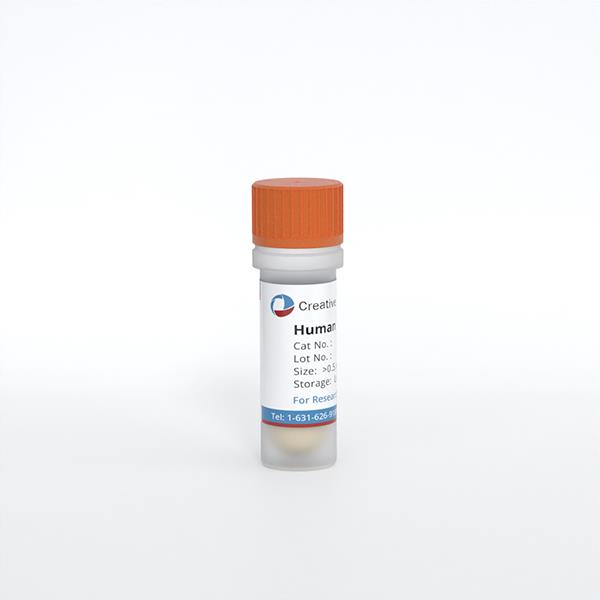ONLINE INQUIRY

Human Bladder Stromal Fibroblasts (HBdSF)
Cat.No.: CSC-7828W
Species: Human
Source: Bladder
Cell Type: Fibroblast; Stromal Cell
- Specification
- Q & A
- Customer Review
1) The cells are cryopreserved at passage one and are delivered frozen. 2) Cells are characterized by immunofluorescence with antibodies specific to fibronectin. 4) HBdSF are negative for HIV-1, HBV, HCV, mycoplasma, bacteria, yeast and fungi.
It is recommended to use SuperCult® Complete Human Fibroblast Medium (cat# CM-1097X) for the culturing of HBdSF in vitro.
Check all containers for leakage or breakage. Remove the frozen cells from the dry ice packaging and immediately place the cells at a temperature below -130°C, preferably in liquid nitrogen vapor, until ready for use.
Our primary bladder fibroblasts are spindle-shaped and isolated from the urinary bladder of a donor. The cells can be used for the study or development of a potential diagnostic method for the early detection of bladder cancer cells, reconstruction studies, and advancement of cancer research.
Ask a Question
Average Rating: 5.0 | 1 Scientist has reviewed this product
Convinent
This cell product is easy to culture and brings convenience to our experiments.
12 July 2022
Ease of use
After sales services
Value for money
Write your own review

